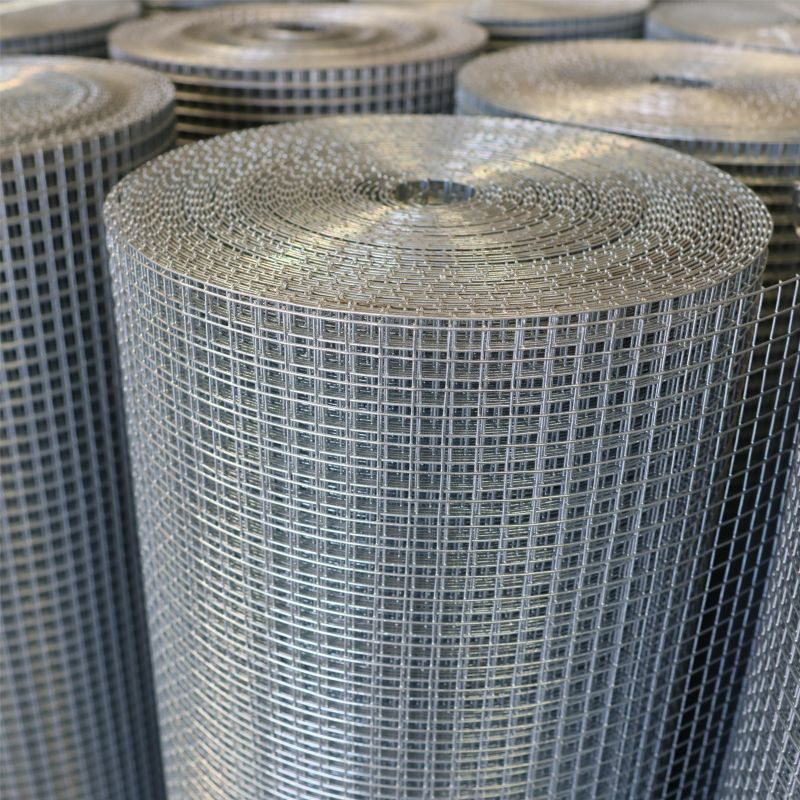types of chicken mesh
Exploring Different Types of Chicken Mesh A Comprehensive Guide
When it comes to raising chickens, one of the most significant decisions poultry owners must make is the choice of chicken mesh. The type of mesh used can significantly impact the health and safety of the flock, as well as the overall management of the coop. In this article, we’ll explore various types of chicken mesh, their benefits, and their suitable applications.
1. Welded Wire Mesh
Welded wire mesh is a popular choice among poultry enthusiasts due to its strength and durability. This type of mesh is created by welding together horizontal and vertical wires, forming a rigid structure that can withstand harsh weather conditions and potential predator attacks. The openings in welded wire mesh vary in size, commonly ranging from 1 inch to 2 inches, making it difficult for small predators like raccoons or weasels to gain access to the chickens. Welded wire mesh is often used for larger enclosures, coops, and even run areas where security is a top priority.
2
. Chicken WireChicken wire, also known as hexagonal wire netting, is another common material used in poultry enclosures. Typically made from thin, flexible wires formed into a hexagonal pattern, chicken wire is lightweight and easy to install. While it is effective in keeping chickens contained, it is not as secure against larger predators. Its main advantages lie in its cost-effectiveness and ease of use, making it ideal for temporary structures or smaller setups. However, for the security-conscious, it is advisable to reinforce chicken wire with additional measures.
3. Hardware Cloth
types of chicken mesh

Hardware cloth is a versatile, strong mesh made of welded wire, similar to welded wire mesh but with smaller openings (often 1/2 inch). This type of mesh is particularly effective against small predators and rodents. Due to its durability and resistance to rust, hardware cloth is an excellent choice for ventilation areas in the coop while ensuring chickens remain safe from external threats. It is commonly used for constructing chicken runs, ensuring both security and visibility for the birds.
4. PVC Coated Wire Mesh
For those looking for a more aesthetically pleasing option, PVC coated wire mesh may be the solution. This type of mesh is similar in construction to welded wire until it is coated with a layer of PVC, offering additional protection against rust and corrosion. The coating also gives the mesh a more polished look, allowing it to blend seamlessly into a garden or backyard setting. While it is slightly more expensive than standard wire, its longevity and resilience often justify the added cost, making it a popular choice for permanent chicken coops.
5. Galvanized Wire Mesh
Galvanized wire mesh is another excellent choice for chicken enclosures. The galvanized coating provides corrosion resistance, making it suitable for outdoor use. Similar to welded wire, it is available in various mesh sizes, allowing owners to select the level of security they desire. Galvanized wire mesh is strong enough to prevent larger predators while providing adequate ventilation for the chickens. Its durability ensures a long-lasting investment for poultry keepers.
Conclusion
Choosing the right type of chicken mesh is essential for the safety and well-being of your flock. Each type of mesh has its unique set of advantages and applications, depending on your specific needs and the environment in which your chickens will be housed. Whether you opt for welded wire, chicken wire, hardware cloth, PVC coated, or galvanized mesh, understanding the features and benefits of each will help you make an informed decision. Ultimately, the right choice can enhance your chicken-keeping experience, providing a secure and healthy habitat for your feathered friends.
-
Space-Saving Chain Fence Hacks Vertical Gardening with Cyclone MeshNewsJul.16,2025
-
Innovations in Iron Nail Wire Production for Modern ConstructionNewsJul.16,2025
-
Creative Uses of Wire Netting Fence in Modern Landscape DesignNewsJul.16,2025
-
Barbed Wire Fence Innovations in Anti-Climb TechnologyNewsJul.16,2025
-
Architectural Uses of Umbrella Nails for Aesthetic Roof DesignsNewsJul.16,2025
-
Architectural Uses of Razor Barbed Wire in Secure Urban DesignNewsJul.16,2025




